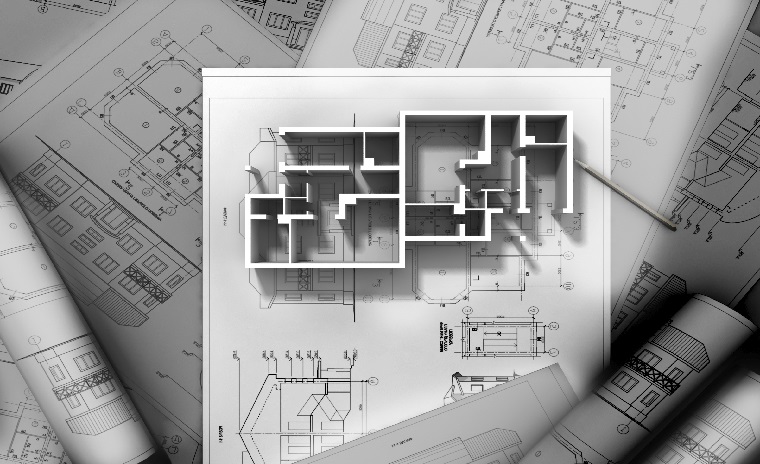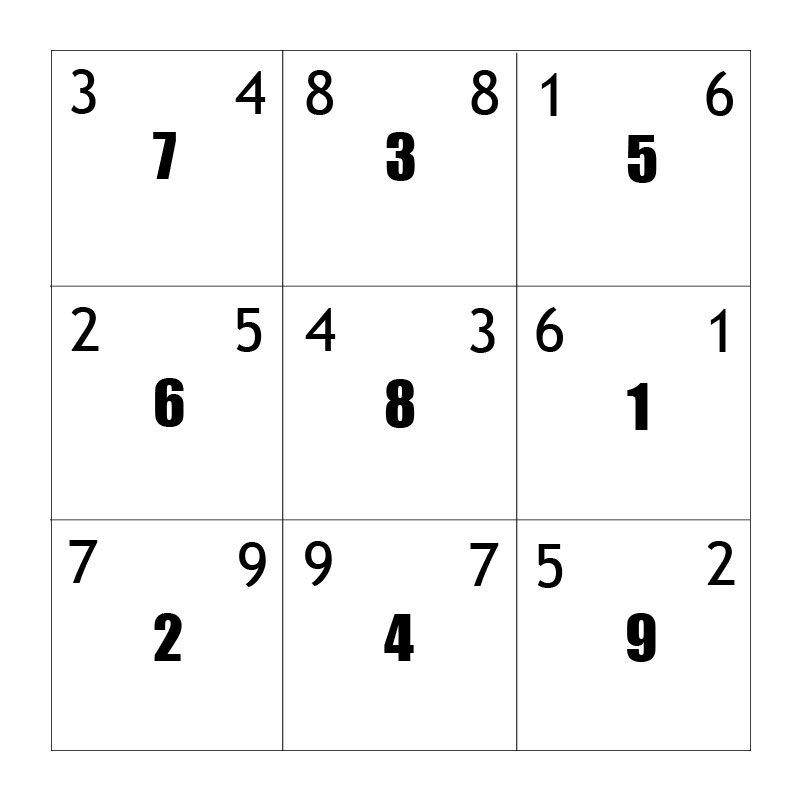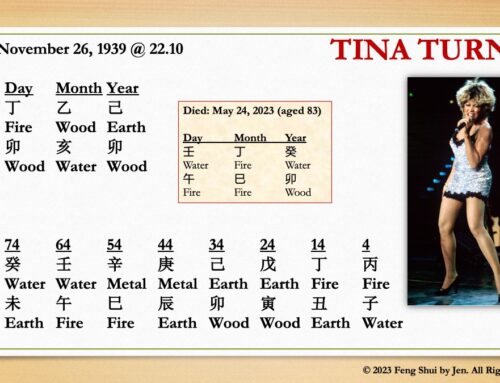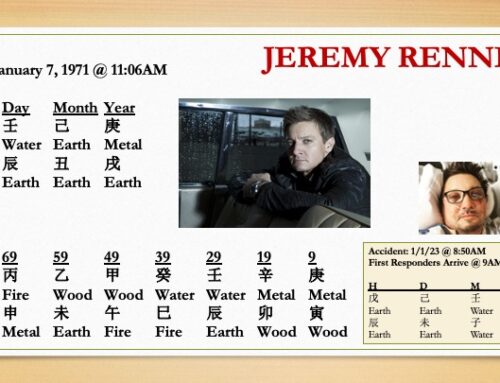Feng Shui Tips: Building A New House Part 1
This installment will focus on discussing the facing direction of a new home, which plays an important factor when considering Feng Shui.

This Feng Shui article is not going to be your typical Western Feng Shui “tips” write up telling you to clear your clutter, pick up your shoes, or put down the toilet seat cover. No, this article addresses a very important and relevant topic when it comes to building a new home with Classical Feng Shui in mind.
Certainly, if you are lucky enough to build a new home from the ground-up, there is so much to consider not just from the exterior and interior design perspective, but also with Feng Shui in mind. And why not? If you’re spending a lot of resources in building the details of the home, why not invest in a little Feng Shui consideration as well? Besides, Feng Shui and design go hand-in-hand.
Did you know if you use Flying Star Feng Shui 玄空風水 properly, you can actually plan for the longevity of the house’s fortune? Flying Star Feng Shui, a subset of Classical Feng Shui, is one of the most widely used formula that can often be used to forecast—and strategize—the Feng Shui fortune of a home.
Every home has its own “Flying Star chart.” A Flying Star chart is like an energy map, similar to a person’s birthday natal chart. The chart has an essence that inherently maps out the energetic quality of the space. It is unique and specific to the property itself. And the chart is influenced by many things including:
- The year the home was built;
- The facing direction of the property;
- The composite make-up of the natural landforms (external); and
- The layout of the floor plan (internal).
 (Example of a Flying Star chart for an Age of 8 home with a S2 facing direction.)
(Example of a Flying Star chart for an Age of 8 home with a S2 facing direction.)
Every Flying Star chart will consist of numbers 1 to 9 and the idea is that each number will occupy two types of positions: 1) Water Star position (energy governing money prosperity) and 2) Mountain Star position (energy governing health and human harmony). While Feng Shui is not necessarily a numerology application, the numbers simply represent the Chinese Five Elements and nine qualities of energy.
These Stars will be activated or suppressed depending on the Feng Shui design of the home. Over the course of time, events will unfold in the home and affect its residents either in a positive or negative way. That’s why most people, especially in Asia, will always work out the Feng Shui influence before they make any adjustments to the home. It is especially key when it comes to building, renovating, adding, or improving a home.
First, every new construction built between the years 2004 to 2024 will be called a “Period 8” home, or Age of 8 home. Based on the 3 Periods 9 Ages calendar (pictured below), every period represents 20 years. Therefore, homes built between 2024-2044 will belong to Period 9, and so forth.
For homes constructed between 2004 and 2024, the base chart will look like this:

Next, you have to take into consideration the facing direction of the property because the chart is a formula, like this:
Age of Building + Facing Direction = Flying Star Chart
If you are indeed building a new home in Period 8 (year 2004-2024), you should try to avoid building a home with a Northwest facing direction. All Flying Star charts with a Northwest facing direction, regardless of their Age/Period, will result in an “Imprisonment Chart.”
Simply put, this means the next period’s prosperity star will be trapped in the middle of the home, weakening and adversely affecting the money luck for the home in the coming future.
In Flying Star Feng Shui, direction is calculated in a precise and very intimate 15-degree measurement. That means, each direction (at 45 degrees) is dissected into 3 Sectors (at 15-degree each). That’s why a Luo Pan is an important tool in Classical Feng Shui. Without it, you cannot perform a comprehensive Feng Shui audit.
In this case, you will always have an Imprisonment Chart in every Northwest facing house regardless if it is NW1 (292.6°-307.5°), NW2 (307.6°-322.5°), or NW3 (322.6°-337.5°). This happens because the Flying Star formula will always take the Base Number in the NW and move to the Center Palace.
Because today’s prosperous stars are 8, 9, 1, if you built a home in Period 8 with a Northwest facing, then 9 is trapped in the Center. If you built a home in Period 9, 1 is trapped in the Center, and so forth.
If the next period’s Star is trapped in the Center, then that means the future longevity of the home (as it relates to money) is in jeopardy. If the Northwest facing direction is unavoidable (as it sometimes is in real life), then the interior design of the home plays an important factor.
Imprisonment Charts wouldn’t be so detrimental if you are able “release” the Center Palace based on the interior design. How? You can install a skylight (like a window on the roof) and avoid designing the Center to be a wall or a narrow hallway. The idea is you want the next period’s Star to in an open or Yang space. Placing an active object like a water fountain feature or ceiling fan is not enough if the floor plan configuration (interior forms) does not support the Flying Star.


One famous example is the Marina Bay Sands building in Singapore. The Flying Star Chart for Marina Bay Sands is technically an Imprisonment Chart (Age of 8, NW1 Facing). But thanks to the proactive Feng Shui planning and design, Marina Bay Sands addressed the Imprisonment Chart by designing an open rooftop swimming pool. Not only was this design incredibly creative, but it simultaneously addressed the Feng Shui concern without making the design look too Feng Shui obvious!

In summary, avoid building a Northwest Facing direction house in Period 8 or 9 unless the interior design can release the imprisoned Star in the Center Palace so that the next prosperous energy can continue to support the wealth aspect of the home.
Note: Also, pay attention to older homes built in Period 7 (1984-2004) with a Northwest facing because that means, Water Star 8 (money prosperity today) is trapped in the Center.
 Remember, traditional Feng Shui is a lot more systematic, sophisticated, and analytical than most people think. Everything is always interconnected and the workings of energy don’t almost always operate singlehandedly. That’s why I tell my students, the key to executing a successful Feng Shui audit is being able to see the big picture while also being diligent in the details, but it is also important to know how to prioritize and analyze the interactions of the whole.
Remember, traditional Feng Shui is a lot more systematic, sophisticated, and analytical than most people think. Everything is always interconnected and the workings of energy don’t almost always operate singlehandedly. That’s why I tell my students, the key to executing a successful Feng Shui audit is being able to see the big picture while also being diligent in the details, but it is also important to know how to prioritize and analyze the interactions of the whole.
Happy Learning!
To learn more about our 5-Day Feng Shui training under the Raymond Lo School of Feng Shui & Destiny in the U.S., please visit our Training info page or Calendar to see if we are coming to a city near you!
Copyright © 2017 | Feng Shui by Jen LLC | All Rights Reserved | Materials may not be copied, translated, or distributed without prior written consent.





